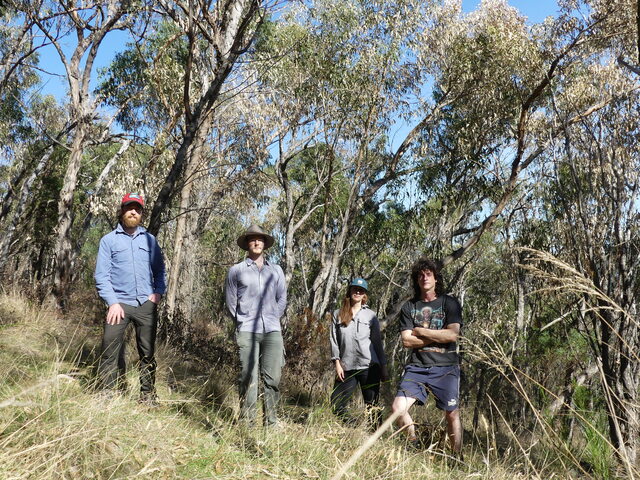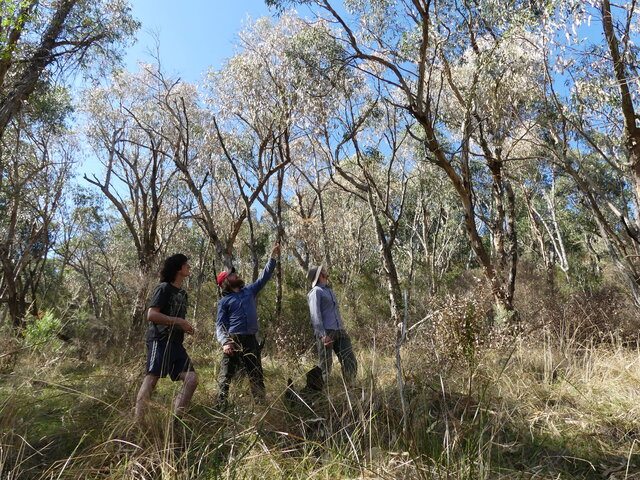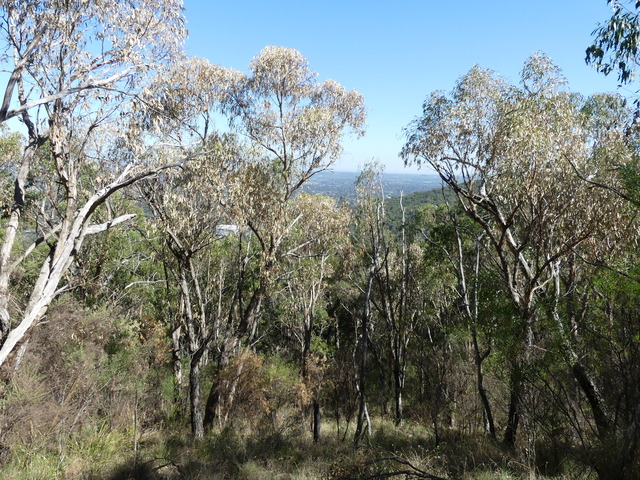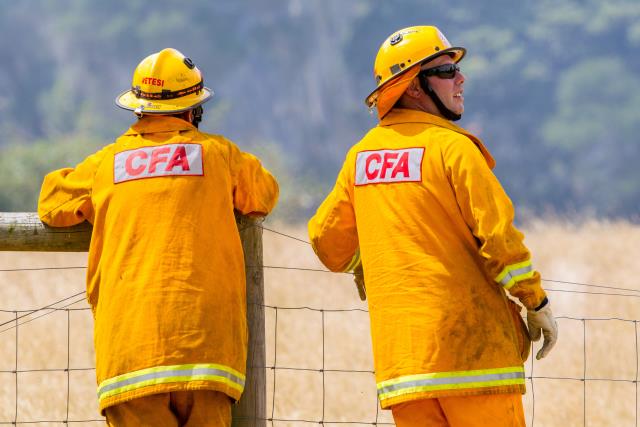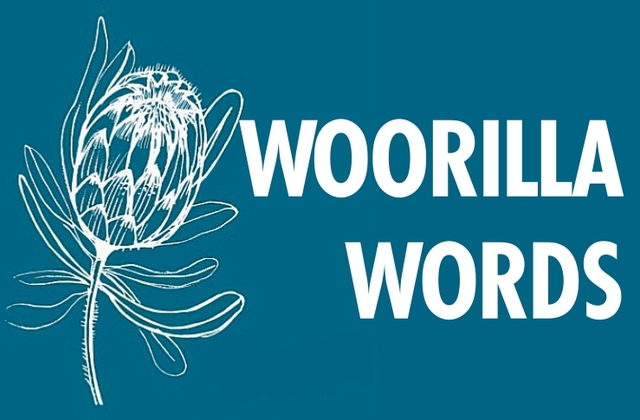Dandenong Ranges residents and bushwalkers have raised serious concerns after noticing trees turning brown east of the popular Thousand Steps. The tree browning, known as dieback, is becoming more noticeable in the Ferntree Gully section of the Dandenong Ranges National Park.
The worst of the dieback has been spotted near Devil’s Elbow on Mt Dandenong Tourist Road, where some trees have been burnt four times in 40 years, twice by bushfires and twice by planned burns.
The Southern Dandenongs Landcare Group, president, Robert Pergl lives in the Ranges and has seen the changes up close.
“It’s a concern, especially with where we’re heading in terms of global warming,” Mr Pergl said.
“If we can’t directly change the climate, then we need to look at what else we can manage, like how often we’re burning these areas, and whether that’s making things worse.”
Mr Pergl said while fire is a natural part of the Australian bush, it’s the increasing frequency, combined with hotter and drier weather, that’s proving too much for some species.
“Every time a fire goes through, the trees use their energy stores to push out new growth. That might be okay once or twice, but not again and again. Eventually, they just don’t recover,” he said.
One tree in particular is showing signs of stress – the Tremont Bundy, a naturally occurring hybrid between Mountain Grey-gum and Long-leaved Box, which dominates the canopy in this part of the park.
“It’s not just a tree, it’s a key part of the whole ecosystem,” Mr Pergl said.
“If we lose the canopy, we risk losing the structure of the forest. That means changes to the understorey, the wildlife, everything.”
Beyond the environmental concerns, Mr Pergl said the visual and emotional impact of losing these trees shouldn’t be underestimated.
“Imagine coming out to the Dandenongs and seeing treeless slopes, that’s not the place locals or tourists know and love. The forest here is part of our identity, our lifestyle, and it’s what draws people to this region,” he said.
He also highlighted how the landscape is changing more noticeably with each passing season.
“We’re in an exceptionally dry autumn after a very dry summer. It’s the cumulative impact that’s concerning. The trees are trying to respond, but they’re running out of options,” Mr Pergl said.
Mr Pergl believes fire management in public parks must be backed by science, and he wants more transparency and data around prescribed burns.
“It’d be great to actually know how much fuel is being reduced with each burn, and whether it’s worth the damage it’s causing,” he said.
“We’re not saying don’t burn, we’re saying let’s do it in a way that’s informed and evidence-based.”
He also stressed the importance of community involvement. Earlier this year, the Southern Dandenongs Landcare Group organised a site visit with ecologists to take a closer look at the affected areas.
“When local people get involved, it gives the bush a sense of identity, it keeps it in the public eye,” Mr Pergl said.
“These forests need people to care about them, to speak up for them, and to interact with them in informed ways.”
His message to land managers like Parks Victoria and Forest Fire Management Victoria is act now, and act wisely.
“We’re approaching this dieback as it’s happening, but we need to be proactive. Let’s set up long-term monitoring and figure out how to ease the pressure on these trees before more damage is done,” he said.

